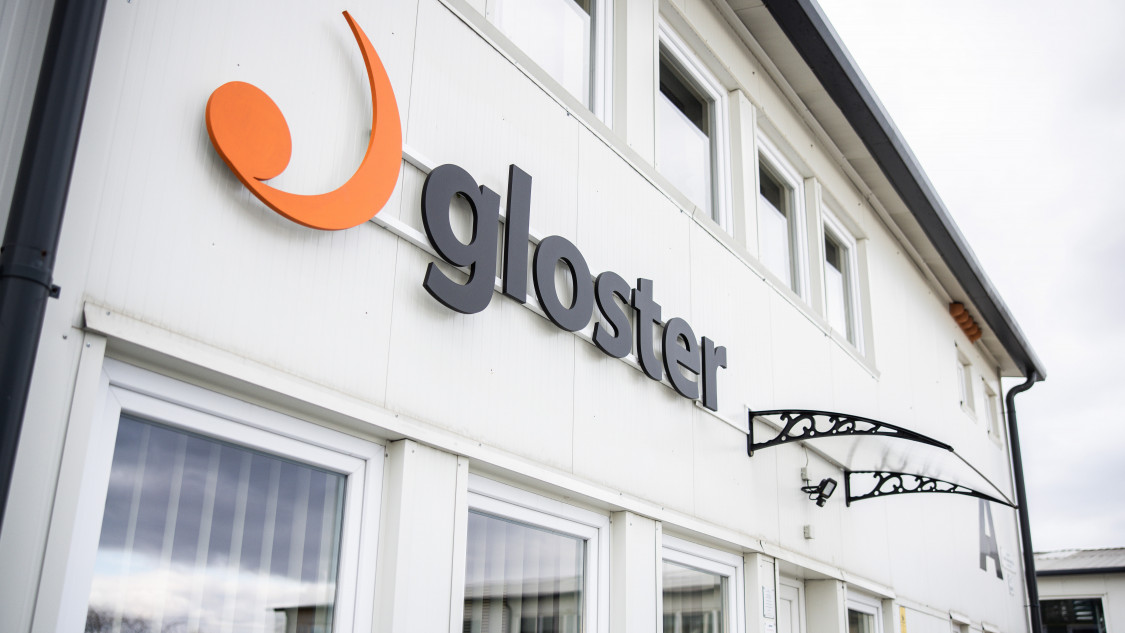Advent of 5G Will Boost Industry 4.0 Momentum Further

Márton Homola
With the fourth industrial revolution almost a decade old and already starting to significantly shape many industries, and fifth generation (5G) mobile internet connection just around the corner, humanity is on the edge of impressive changes. Hungary has been a vibrant adopter of Industry 4.0 technologies, and the potential is promising, market players say.
The first recorded mention of “Industrie 4.0” dates to Germany 2011, when the government’s high-tech strategy openly promoted computerization in manufacturing. Later that year, the term was publicly introduced at the Hannover Fair, one of the world’s largest trade fairs. In 10 years, the fourth industrial revolution has become a synonym for the digital transformation of manufacturing and production related industries, as well as value creation processes.
In Industry 4.0, thanks to the Internet of Things (IoT), products and means of production are linked to a network where they can communicate with each other, enabling enhanced value creation and real-time optimization. 5G will give an essential extra boost to this revolution (especially IoT elements) thanks to its increased speeds and low-latency.
“Hungary has a large number of manufacturing and assembly plants and it also has a strong agricultural sector where the use of Industry 4.0 solutions is a synonym of competitiveness and modernization in an essential, and in most cases also profitable, investment,” Márton Homola, director of digital products at Telenor Hungary, tells the Budapest Business Journal.
Tamás Jeránek, head of digital industries at Siemens, agrees. “For one thing, it is a generally accepted fact that the global competitiveness of Hungarian industry cannot be achieved without following the 4.0 direction. On the other hand, regardless of the industry, this is a condition for Hungarian industrial companies to be accepted suppliers to large international manufacturing businesses in Hungary,” he says.
Siemens says it a priority to provide its partners with technology that meet Industry 4.0 requirements. Products and services in its portfolio vary from design through implementation, operation and maintenance, enabling users to build on a unified platform, providing answers to the Industry 4.0 challenges.
While general sentiment depends on the industrial segment, a positive attitude towards the fourth industrial revolution in Hungary is undeniable. Boris Zupančič, system architect and executive director at Signify Czech Republic, tells the BBJ that is especially so “in the automotive sector and similar verticals, which are moving strongly in this direction. Common solutions, not only in Hungary, include measurement, next step in automation, storage of historical data, analytics, integration of systems and digitalization.”

Boris Zupančič
Multiple Benefits
He adds: “Systems are becoming more integrated which results in higher production efficiency, better planning and faster resolution time, just to mention a few benefits.”
The foundation of the fourth industrial revolution is data collection. “Data can be stored both locally and in the cloud, and can be displayed, interpreted, and processed immediately or afterwards. The most common use of this is energy efficiency, where by collecting, analyzing and displaying the energy consumption data generated during production, we can make the production process more efficient and a larger production volume can be achieved with less energy consumption,” says Jeránek.
By installing sensors that measure energy consumption, for example, by a production line, a plant can analyze data that will help optimizing manufacturing.
“Data extracted from sensors can be used to optimize machine heating and then minimize energy consumption during weekend out-of-hours downtime,” Jeránek adds.
Furthermore, using collected data means unexpected failures can be predicted, allowing for a proactive approach: replacing and repairing parts that are in a near-failure condition, which results in a reduction in downtime and an increase in plant efficiency. In this context, 5G will be a game changer.
“We see more and more Hungarian companies considering the implementation of 5G and expect them to become mature and be able to integrate 5G technology in their daily production processes soon,” Homola adds.

Tamás Jeránek
Value Equation
Wireless communication of any kind delivers numerous benefits, but thus far 5G seems to be the most promising one. “What is important is the balance between investment needed and value delivered (including the stability and reliability of operations). 5G is one of the future’s most interesting wireless solutions, but still needs some work in that direction,” according to Zupančič.
The Industry 4.0 momentum is strong all over the European Union and seems to be unified. “There is no visible difference between Hungary and the other V4 countries. All are strong in the automotive sector, which is one of the segments moving strongly in an Industry 4.0 direction,” adds Zupančič.
In the future, digitalization will become more widespread in Hungary. “The tools and processes corresponding to the Industry 4.0 approach will be applied to a large extent in SMEs as well, and will [need to] be included in the curriculum of secondary and higher education. Siemens is working to accelerate this by supporting relevant educational institutions,” Jeránek explains.
The future of Industry 4.0 appears to be steady due to the expected consistency in the implementation of relating solutions.
“In the case of international companies, their internal implementation plan will have an impact on timing. Regional and local companies are and will continue to implement elements of even more complex Industry 4.0 solutions,” Zupančič concludes.
It seems the future direction of industry in Hungary is not only here already, it is unavoidable.
This article was first published in the Budapest Business Journal print issue of March 26, 2021.
SUPPORT THE BUDAPEST BUSINESS JOURNAL
Producing journalism that is worthy of the name is a costly business. For 27 years, the publishers, editors and reporters of the Budapest Business Journal have striven to bring you business news that works, information that you can trust, that is factual, accurate and presented without fear or favor.
Newspaper organizations across the globe have struggled to find a business model that allows them to continue to excel, without compromising their ability to perform. Most recently, some have experimented with the idea of involving their most important stakeholders, their readers.
We would like to offer that same opportunity to our readers. We would like to invite you to help us deliver the quality business journalism you require. Hit our Support the BBJ button and you can choose the how much and how often you send us your contributions.









